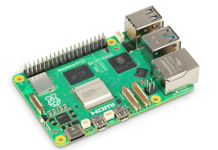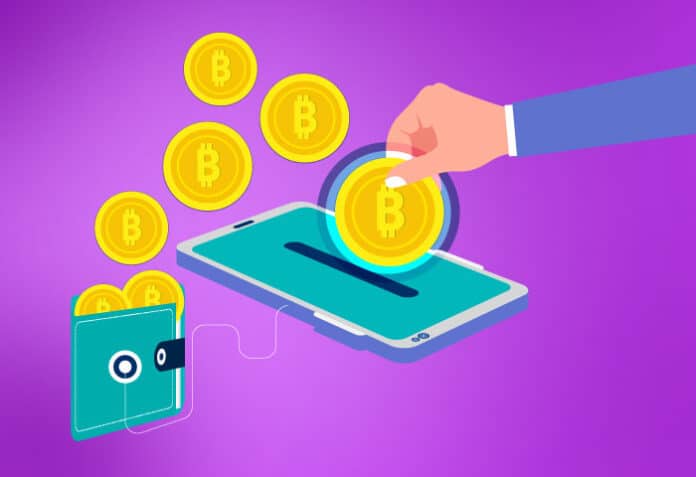This article introduces and compares popular cryptocurrency wallets. It also tells you how to select one. It then gives a practical demonstration of implementing the MetaMask wallet for blockchain transactions.
A cryptocurrency wallet is a digital tool that allows individuals to store, manage, and interact with their cryptocurrencies. Cryptocurrency wallets play a crucial role in the blockchain ecosystem, as they are essential tools for collecting, storing, and transacting cryptocurrencies. These wallets come in various forms, each with its characteristics and use cases. Different cryptocurrency wallets commonly used in the blockchain space are shown in Figure 1.
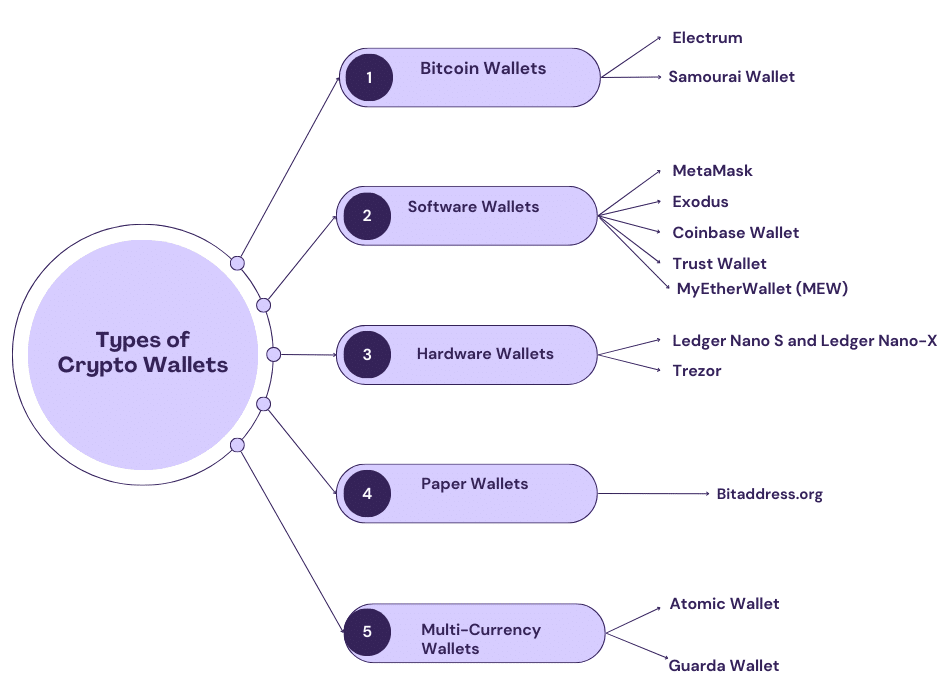
How to choose the right cryptocurrency wallet
Choosing the right cryptocurrency wallet depends on your specific needs, security concerns, and level of expertise. For long-term storage of significant cryptocurrency holdings, hardware wallets are recommended. Mobile and desktop wallets may be more suitable for everyday transactions and quick access. Regardless of the type, it’s crucial to follow best practices for security, including keeping private keys safe and regularly backing up wallet information. Here is a list of all the criteria for the selection of the right cryptocurrency wallet.
Security: Consider a hardware wallet or a well-secured desktop wallet for long-term storage of significant assets. Always enable additional security features like two-factor authentication.
Ease of use: If you’re new to cryptocurrencies, a user-friendly mobile wallet like Trust Wallet may be a good starting point.
Supported assets: Ensure the wallet supports the cryptocurrencies you plan to hold. Some wallets specialise in specific networks, while others offer broader compatibility.
Backup and recovery: Learn how to create a secure backup (usually a seed phrase) and recovery process for your chosen wallet. This is critical in case you ever lose access to your wallet.
Community reputation: Research user reviews and the community reputation of the wallet you are considering. Look for wallets with a history of security and reliability.
| Features | MetaMask | Coinbase wallet (not open source) | Electrum | Trezor |
| Purpose | To decentralise applications built on the Ethereum blockchain | To buy and sell Bitcoin, Ethereum, and Litecoin | To facilitate the storage, management, and secure handling of Bitcoin | To enable Bitcoin transactions, generate private and public keys |
| Wallet type | Software wallet | Mobile wallet | Desktop wallet | Hardware wallet |
| Crypto supported |
Ethereum and ERC-20 tokens | Ethereum, Solana, and all EVM-compatible networks | Bitcoin only | Bitcoin and ERC-20 tokens |
| Supported browser | Firefox, Chrome | Chrome, Firefox, and Opera browsers | Firefox | Trezor Suite web application, Chrome |
| Safety | Moderate | Highly secured | Robust, including two-factor authentication | Highly secured |
| Ease of use | Average | Average | Moderate | High user-friendly interface |
| Target industries/users | Financial and computer software | Financial services and accounting | Individual developers |
Small to medium enterprises |
| Market segment | 95% small business, 5% enterprise | 83% small business, 8% enterprise | 79% small business, 29% mid-market | 71% small business, 36% mid-market |
| Pros | Easy to sell and buy | Easy to send and receive | Easy user interface | Wide cryptocurrency supports |
| Cons | High commission | Complex payment methods | Limited availability of coins | Limited availability of coins |
| Official website | https://metamask.io/ | https://www.coinbase.com/wallet | https://electrum.org/#about | https://trezor.io/ |
Table 1: A comparison of popular cryptocurrency wallets
Installation and set up of MetaMask for blockchain transactions
MetaMask is a widely used and versatile cryptocurrency wallet and browser extension primarily designed for the Ethereum ecosystem. Its key features include DApp interaction, secure storage, cross-platform accessibility, custom network configuration, and support for multiple Ethereum-based tokens. Here is a step-by-step guide on how to install and set MetaMask for blockchain transactions.
Step 1: Install MetaMask
Go to the MetaMask website (https://metamask.io/) and download the MetaMask extension for your web browser (e.g., Chrome, Firefox).
Step 2: Set up your wallet
After installation, open MetaMask by clicking on the extension icon in your browser.
Create a new wallet or import an existing one by selecting the ‘import wallet’ option if you already have a seed phrase or private key. After MetaMask has been successfully installed you will see the interface as shown in Figure 2.
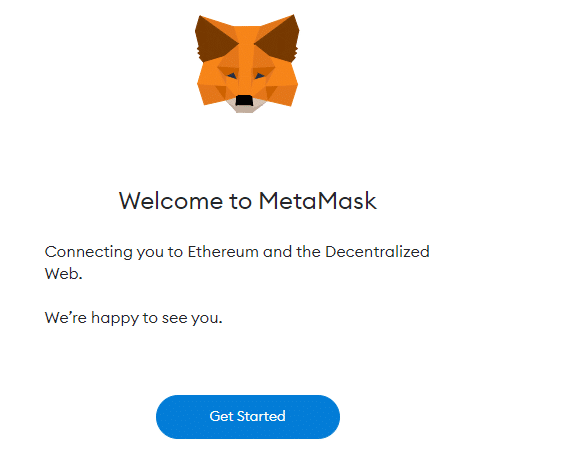
Step 3: Secure your wallet
Now, create a strong password to secure your MetaMask wallet. Store your seed phrase (a recovery phrase) in a safe and offline location. This is crucial for recovering your wallet in case you forget your password or your device is lost. Figure 3 depicts different phases to confirm the secret recovery phase for the MetaMask wallet interface.
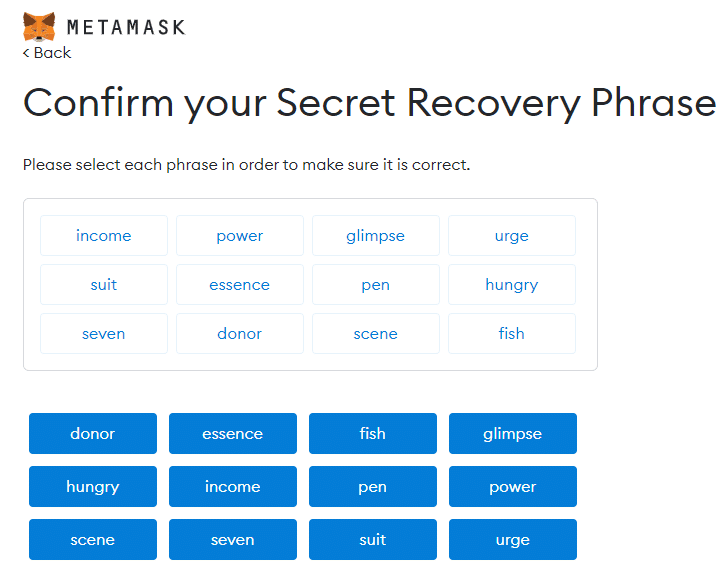
Step 4: Add Ethereum (ETH) network
By default, MetaMask is set to the Ethereum network. You can add other networks (e.g., testnets) for development or specific blockchain projects. Click on the network name at the top of the MetaMask extension, then select ‘Custom RPC’ to add a custom network with its URL and chain ID. Figure 4 shows how to add the Ethereum network to deploy the MetaMask wallet.
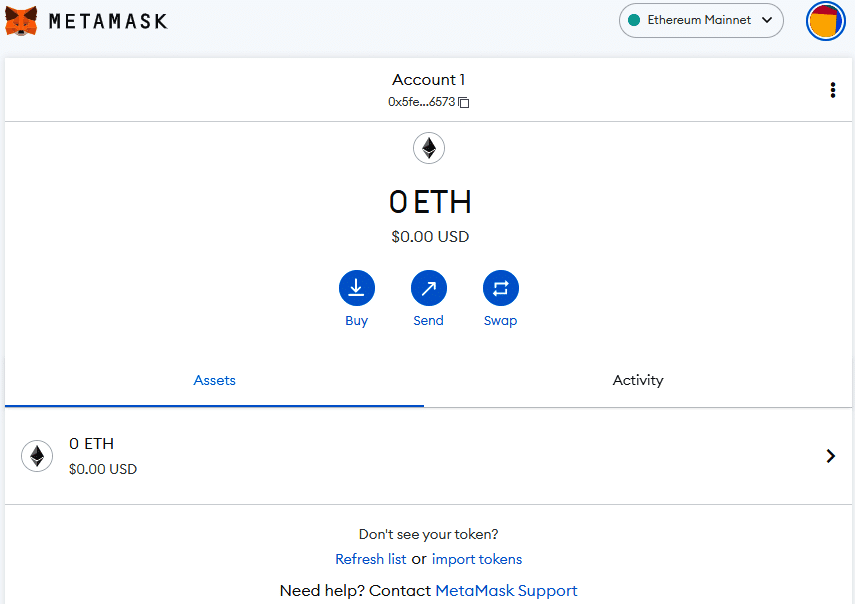
Step 5: Request MetaMask Ether from faucet
Users should deposit cryptocurrency (typically Ether for Ethereum from faucet) into your MetaMask wallet to send, receive, or interact with smart contracts. You can do this by sending funds from another wallet or exchange to your MetaMask wallet address, as shown in Figure 5.
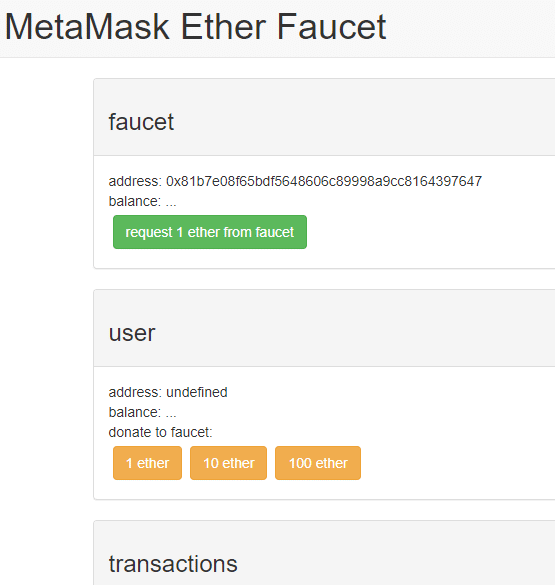
Step 6: Confirm MetaMask transactions
To send cryptocurrency or interact with DApps, click the ‘Send’ button in MetaMask. Fill in the recipient’s address, the amount you want to send, and adjust the gas fee (transaction fee). Gas fees ensure your transaction is processed on the blockchain; you can change them based on network congestion and your transaction’s urgency. Review the transaction details and click ‘Confirm’ to send, as shown in Figure 6.
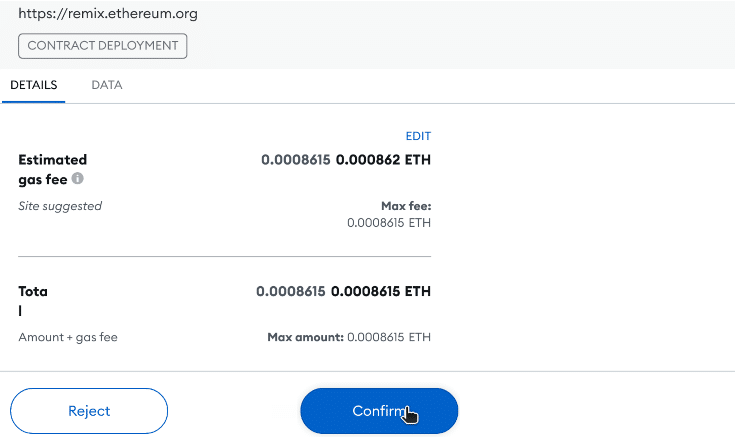
Research directions
In the digital age, blockchain technology and cryptocurrency wallets have revolutionised finance, expanded the possibilities of decentralised applications, and provided individuals with unprecedented financial sovereignty. Cryptocurrency wallets provide secure storage for private keys, ensuring that users have complete control over their digital assets. However, users must exercise caution, adhere to security best practices, and stay informed about the evolving blockchain and cryptocurrency landscape to navigate it successfully. Therefore, addressing the environmental impact of blockchain networks, especially proof of work (PoW) networks, is crucial. Research into alternative consensus mechanisms and energy-efficient infrastructure is equally essential.











































